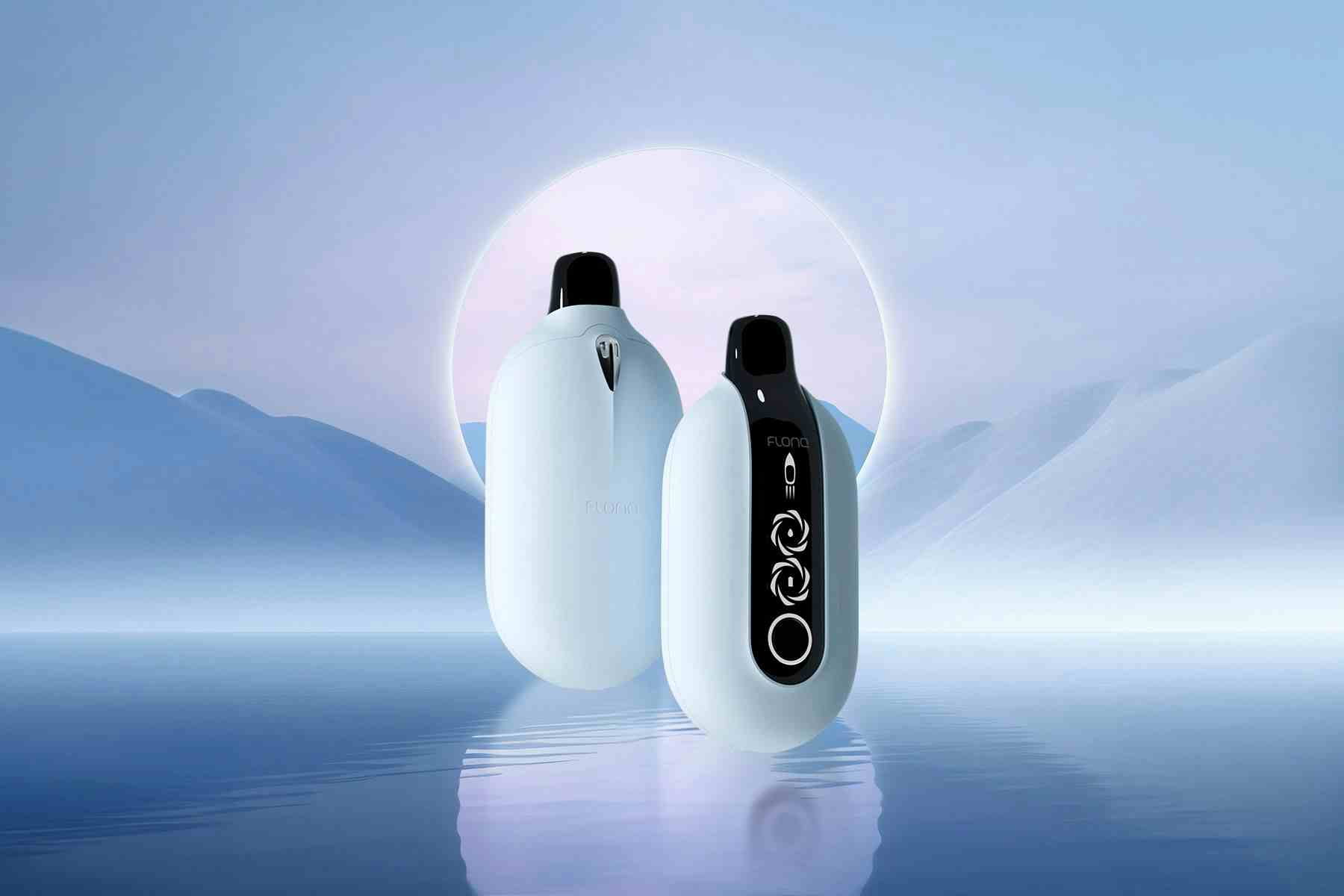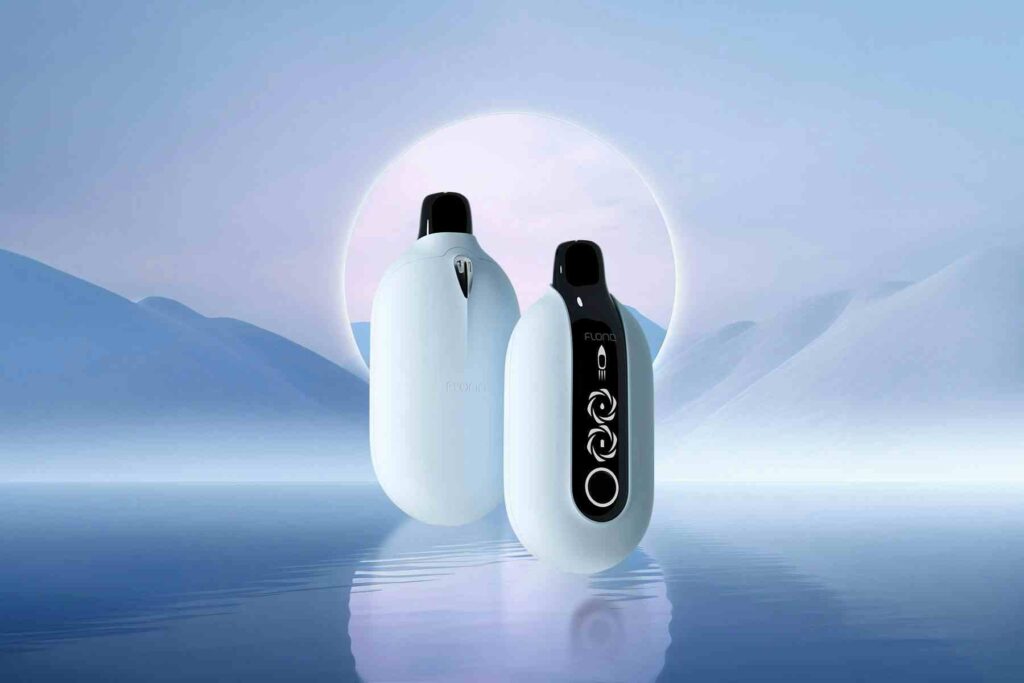The Truth About Vape Device Efficiency Claims: A Comprehensive Review
Vaping has emerged as a popular alternative to traditional smoking, attracting both casual users and nicotine enthusiasts alike. As the market expands, various vape devices with distinct claims regarding efficiency and performance have flooded the marketplace. In this review, we delve into the intricacies of vape device efficiency claims, focusing on product specifications, user experience, performance, advantages, disadvantages, and the target user demographic.
Product Overview and Specifications
When selecting a vape device, understanding the specifications is crucial for informed decision-making. Common specifications include wattage ranges, resistance levels, and e-liquid capacity. An efficient vape device typically boasts a wattage range between 10 to 80 watts, accommodating both sub-ohm and mouth-to-lung vaping styles. Additionally, resistance levels generally range from 0.1 to 1.5 ohms, affecting vapor production and flavor delivery.
E-liquid capacity can vary, with many devices featuring a tank capacity of 2 to 6 mL. These variables play a significant role in the overall efficiency, as they directly influence the device’s performance and user experience.
Appearance and Feel
A vape device’s aesthetic and ergonomic design can significantly enhance the user experience. A well-designed device is typically lightweight, portable, and constructed from durable materials such as stainless steel or high-quality plastic. This combination ensures longevity and ease of use. Look for devices that incorporate modern design elements, such as matte finishes and sleek contours, which not only look appealing but also feel comfortable in hand during use.

Best Flavors and Duration
One of the primary factors that influence vaping enjoyment is flavor. Top vape devices tend to offer a wide range of e-liquids that cater to various tastes, including fruit, dessert, menthol, and tobacco. Premium brands often utilize high-quality flavorings and PG/VG blends that enhance taste and throat hit.
In terms of duration, a well-optimized vaping device can provide satisfying sessions lasting several hours, contingent upon battery life and the efficiency of e-liquid consumption. Regular vapers might find that a high-capacity device allows them to vape throughout the day without constant refills.
Battery Life and Charging
Battery longevity is a critical aspect of vape device efficiency. Most modern vape devices come equipped with lithium-ion batteries ranging from 1,200mAh to 5,000mAh. Generally, larger batteries are more efficient for prolonged use, enabling users to enjoy extended vaping sessions without frequent charges.
Charging time can vary considerably between devices, with some utilizing fast-charging technology that allows for a full charge in under an hour, while others may take longer. Understanding a device’s charging capabilities is essential for users who prioritize convenience.
Performance and User Experience
Efficient vape devices are characterized by consistent performance. Users should expect minimal dry hits and well-balanced vapor production. An efficient device adapts quickly to changes in wattage or resistance, delivering an optimal experience.
Customization features, such as temperature control or adjustable wattage settings, can significantly enhance the vaping experience, allowing users to tailor their sessions to their preferences.
Pros and Cons
Pros:
– Flavor Variety: A broad selection of e-liquids enhances the enjoyment and personalization of vaping.
– Customization: Adjustable settings allow users to find their ideal vaping experience.
– Portability: Compact and lightweight designs make for easy transport and usage.
Cons:
– Learning Curve: New users might find intricate settings and maintenance somewhat overwhelming.
– Health Concerns: The long-term health effects of vaping are still being studied, raising concerns for potential users.
– Initial Cost: Quality vape devices can be pricey, especially for newcomers to the market.
Ranking and Evaluation
When assessing vape device efficiency, consider factors such as user reviews, battery longevity, flavor variety, and overall performance. Devices are often ranked based on these criteria, with top performers receiving accolades for their reliability and user satisfaction.
Target User Demographic
The ideal demographic for vape devices encompasses individuals seeking an alternative to traditional smoking, as well as those exploring new recreational activities. Vapers can range from teenagers to adults, with preferences varying significantly across age groups.
It is essential to note that while vaping may appeal to smokers, it should not be promoted as a harmless activity for non-smokers, particularly adolescents who may be attracted to flavored e-liquids.
Conclusion
In conclusion, understanding the truth behind vape device efficiency claims is paramount for both new and experienced users. By exploring product specifications, performance, battery life, and user experiences, individuals can make informed decisions when choosing a vape device that aligns with their needs and preferences. The vaping landscape is continually evolving, making it essential to stay informed and evaluate devices critically.





